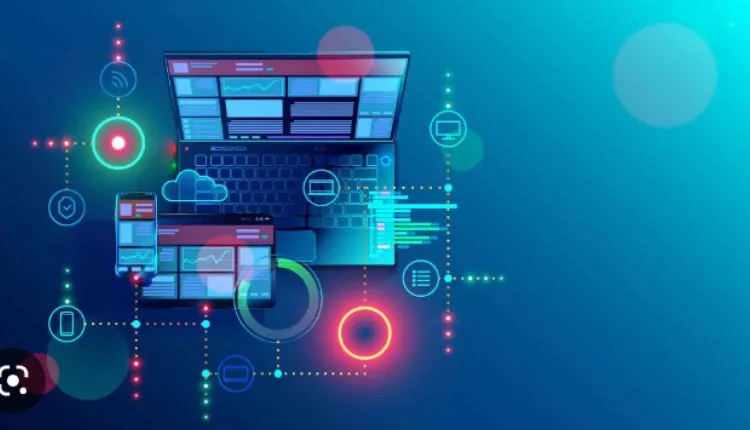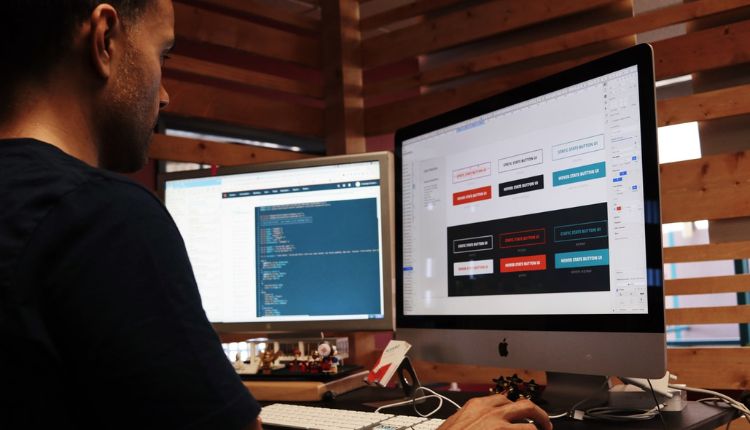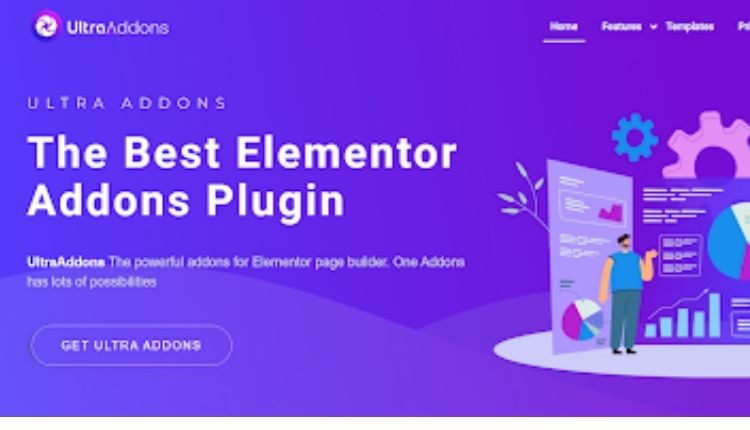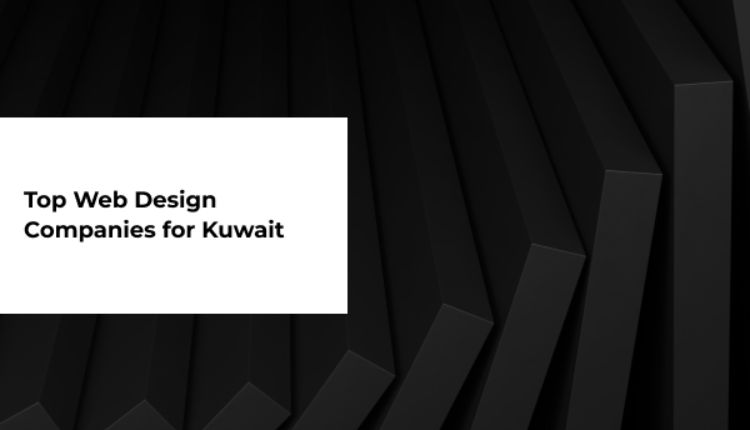
Trendy designs for B2b websites
Many companies shift their operations online, so having a properly designed B2B website is essential for success. Your B2B website can be a powerful tool for growing your business and connecting with your customers. Remember to keep your website simple, responsive, and engaging and to prioritise user experience and search engine optimisation.
B2B portal design should be functional and visually appealing to attract potential customers and improve user experience. Get to know trendy designs for B2B websites that can help businesses stand out from their competitors.
Minimalism
When designing your B2B website with minimalism, remember that less is more. Use a simple colour palette, clean lines, and plenty of white space to create a sleek and modern look. Avoid cluttering your website with too much information, as this can overwhelm visitors and make finding what they’re looking for difficult.
Responsive Design
Besides being visually appealing, a responsive design is essential for B2B websites. Ensure your website is optimised for devices like desktops, laptops, tablets, and smartphones. You can also use B2B portal design techniques like flexible grids and images to ensure your website looks great, regardless of screen size.
Flat Design
Flat design is a design style that emphasises simplicity and minimalism. Use flat design elements like simple shapes, bold colours, and clean typography to create a clean and modern look. Flat design is ideal for B2B websites that want to convey a sense of professionalism and sophistication.
Bold Typography
Using bold typography can help to draw attention to important information on your B2B website. Use large, bold fonts for headings and subheadings, and choose a font that is easy to read.
Parallax Scrolling
Parallax scrolling is a design technique that generates a 3D effect by moving diverse website layers at different speeds. Use parallax scrolling to add depth and interest to your B2B website. However, be careful not to overuse this technique, as it can slow down your website and negatively impact user experience.
Intuitive Navigation
A minimalist navigation menu can help to simplify your B2B website and improve user experience. Use a simple and intuitive navigation menu to help visitors find what they’re looking for quickly and easily. Use drop-down menus or icons to help visitors navigate your website more efficiently.
Interactive Design Elements
Adding interactive design elements to your B2B website can help to improve user engagement and make your website more memorable. Use animations hover effects, and clickable icons to add interest and depth to your website. However, like parallax scrolling, be careful not to overuse these elements, as they can slow down your website and negatively impact user experience.
Material Design
Material design is a design style developed by Google that emphasizes bold, colourful graphics and clean, minimalistic layouts. Use material design elements like simple shapes, bold colours, and clean typography to create a modern and engaging B2B website.
Video Backgrounds
Adding a video background to your B2B website can help to capture visitors’ attention and create an immersive user experience. Choose a high-quality video that aligns with your brand and messaging, and make sure it doesn’t slow down your website’s loading time.
Wrapping up
Implementing trendy designs for B2B websites can help businesses stand out from their competitors and improve user experience. It’s essential to work with a good website design company that understands your business needs and can create a portal design that is both functional and visually appealing.




